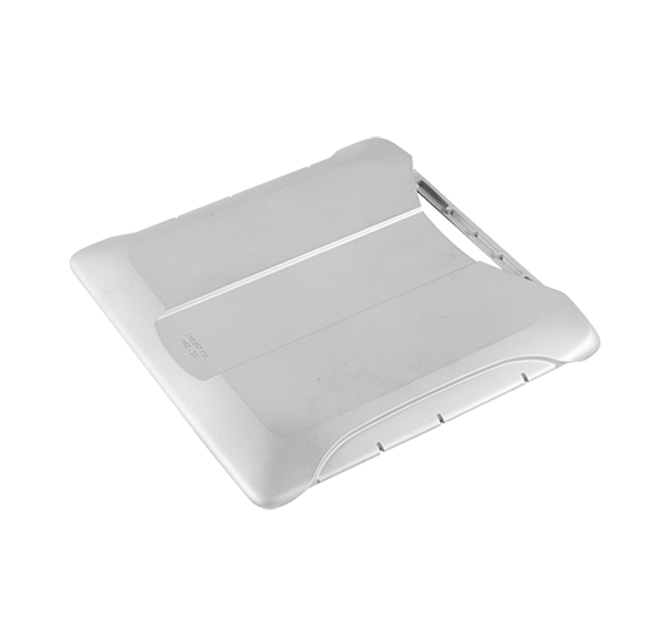Time:2025-07-28 Views:0 source:CNC Machining customization source:CNC Machining news

Dimensional accuracy is a cornerstone of CNC machining quality, directly influencing the functionality and assembly of mechanical parts. Achieving precise dimensional control requires a systematic approach integrating equipment calibration, process optimization, and real-time monitoring.
Firstly, machine tool calibration is fundamental. Regularly verifying the geometric accuracy of CNC machines—including positioning accuracy, repeatability, and backlash—using laser interferometers or ball bars ensures that the machine operates within specified tolerances. Thermal deformation is a critical factor; ambient temperature fluctuations can cause machine components to expand or contract, altering dimensions. Implementing temperature-stabilized workshops, using heat-resistant materials for critical parts, and incorporating real-time thermal error compensation algorithms (based on sensor data) mitigate these effects.
Tool selection and management also play a vital role. High-quality carbide or ceramic tools with proper coatings reduce wear, ensuring consistent cutting performance. Tool length and diameter offsets must be accurately measured and input into the CNC system to avoid dimensional deviations. Additionally, optimizing cutting parameters—such as spindle speed, feed rate, and depth of cut—prevents tool deflection and vibration, which are major sources of dimensional errors. For example, using lower feed rates for finishing operations minimizes tool pressure, maintaining tighter tolerances.
In-process measurement technologies enhance accuracy control. Integrating touch probes or optical scanners into the CNC system allows real-time dimensional checks during machining. These devices compare actual dimensions with CAD models, automatically adjusting tool paths if deviations exceed thresholds. Post-machining inspection using coordinate measuring machines (CMMs) provides detailed data for process refinement, forming a closed-loop feedback system to continuously improve accuracy.
Material properties also affect dimensional stability. Factors like workpiece hardness, thermal conductivity, and residual stress can cause deformation during machining. Pre-machining heat treatments to relieve residual stress and selecting appropriate cutting fluids to control temperature during processing help maintain dimensional integrity. By combining these methods, manufacturers can achieve dimensional accuracies within ±0.001mm, meeting the stringent requirements of aerospace, medical, and precision engineering industries.
Read recommendations:
Sealing ring Precision electronic parts
Housing components for recessed downlights Precision electronic parts
Oval Magnetic Hardware Precision electronic parts
CNC Machining Dimension Accuracy
CNC processing factory - Meeting customers' strict requirements for precision